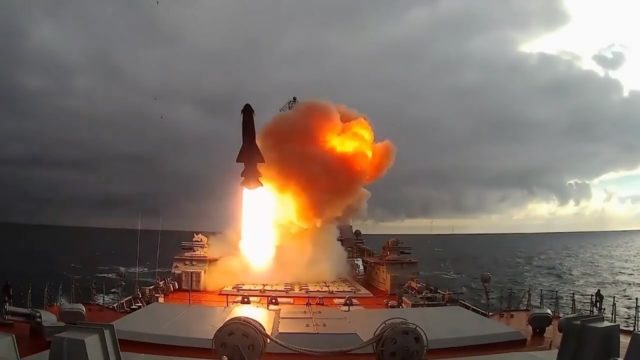On September 9th, the Russian Northern Fleet began large-scale exercises in the Arctic zone with the participation of 8,000 servicemen, about 800 pieces of equipment and approximately 50 warships.
As part of the maneuvers, the defense of the Northern Sea Route will be worked out, the press service of the fleet told reporters.
“Up to 8 thousand servicemen, about 800 units of military and special equipment, including about 40 tanks, 460 armored combat vehicles, up to 240 guns, mortars and multiple launch rocket systems, about 120 aircraft and up to 50 warships are involved in the exercise. and support vessels,” the press service said.
The press service clarified that the practical actions of the forces of the Northern Fleet will take place in the waters of the Barents and Kara Seas, the Laptev Sea, in the area of the Novosibirsk Islands, the Frans Josef Land archipelago.
“At one of the stages of the exercise, the forces (troops) of the Northern Fleet will carry out practical actions to protect the communications of the Northern Sea Route, protect and defend the garrisons of the fleet, study possible areas of hostilities and conditions for the use of diverse fleet forces in the western and eastern Arctic sea zones,” they specified in the press service.
Subdivisions of the land and coastal forces, as well as the air defense forces of the Northern Fleet, moved to training grounds in the Murmansk region as part of joint actions in exercises with an Arctic expeditionary group. Air defense units – combat crews of the S-300 and S-400 air defense systems, Pantsir S-1 anti-aircraft missile and cannon systems – also moved to the designated areas from the points of permanent deployment.
The exercises are planned and are conducted under the guidance of the commander of the Northern Fleet, Admiral Alexander Moiseyev.
Previously, in early August, Russia’s Northern Fleet staged a large naval exercise in the northeastern Atlantic in which it again tested the Zirkon 3M22 hypersonic cruise missile system.
the exercise not only tested the Tsirkon, it carried out an innovative trial of a new naval automated control system (avtomatizirovannoy sistemy upravleniya—ASU); the reported results of this combination of automated command-and-control (C2) and hypersonic strike systems mark an exponential increase in Russia’s maritime and non-contact stand-off strike capabilities.
The Northern Fleet exercise focused on testing the new naval ASU, integrating maritime and aviation assets to facilitate, in real time, a rehearsed attack on enemy shipping. The missile launches involved the nuclear submarine Orel, the cruiser Marshal Ustinov and the frigate Admiral of the Fleet Kasatonov.
Two crews of Tu-142 reconnaissance and anti-submarine aircraft transferred data about the hypothetical enemy to the command, and they also launched a strike at a distance of hundreds of kilometers from the target.
The ASU unified the C2 with the processes of intelligence, surveillance and reconnaissance (ISR) to offer real-time operational capability in target acquisition and executing the attack. In addition to receiving ISR from aircraft, the ASU receives data utilizing ground-based radars, satellites, and unmanned aerial vehicles (UAV).
The naval ASU offers the capability to enhance the speed of decision-making in the use of the Zirkon 3M-22, and it also functions equally well with other precision-strike systems, such as Kalibr, Vulkan or Yakhont.
MORE ON THE TOPIC:






